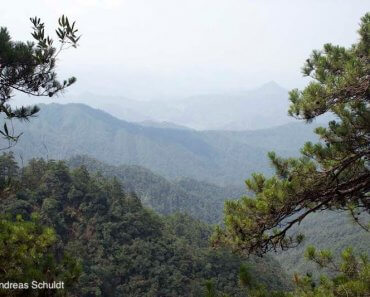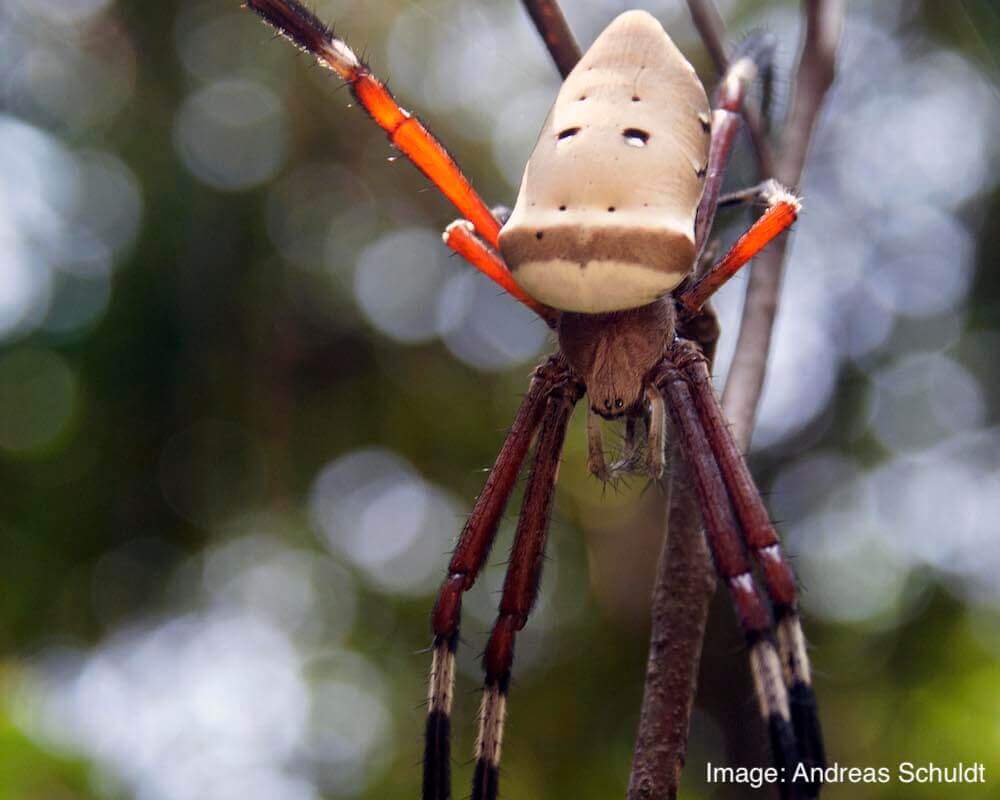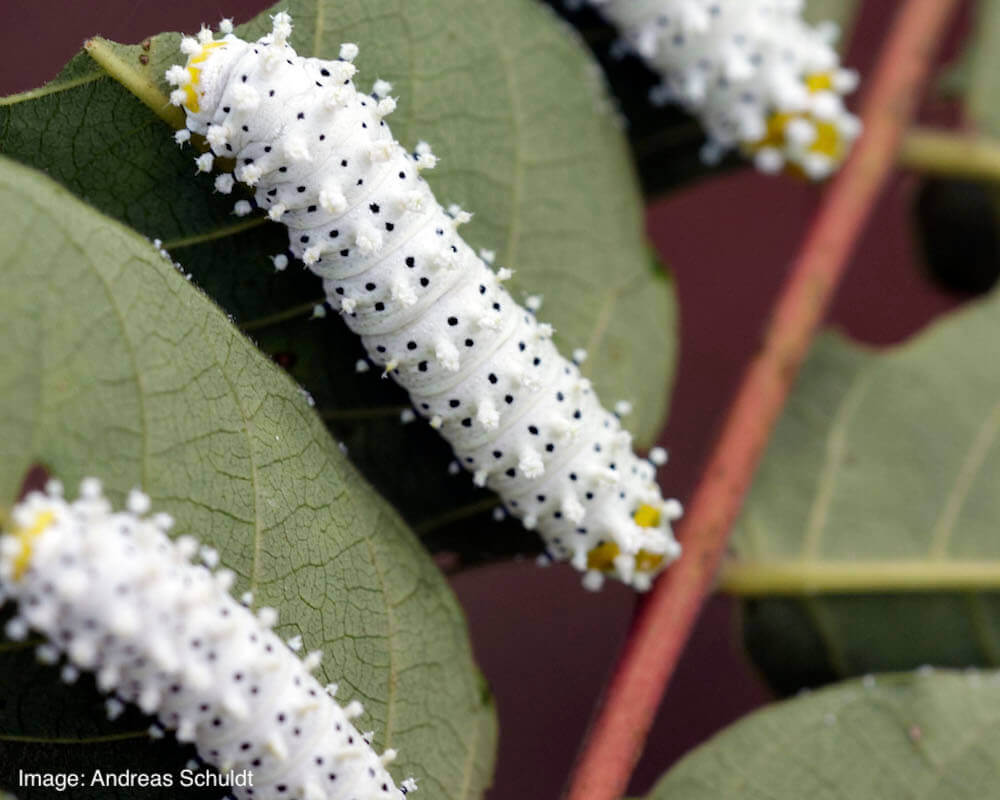A healthy forest needs not only diverse tree species, but also diverse animal and fungus species, a new study suggests.
A team of researchers led by the German Center for Integrative Biodiversity Research (iDiv) and the Martin Luther University of Halle-Wittenberg, Germany, spent 10 years delving inside a species-rich, semi-natural forests in the subtropics of China, and has succeeded in quantifying the effects of losing animal and fungus diversity on our forests.
The paper describing the study is published in the journal Nature Communications.
Biodiversity loss on our hands
Humans have exploited and altered ecosystems worldwide in the name of industrial uses.
Because of this growing concern for protecting diverse ecosystems and their functions, many researchers have studied how our oceans, grasslands, deserts and forests are doing.
In the process, forests — and particularly subtropical and tropical forests — have received less attention than other landscapes.
But, forests and diverse species living in them provide us with not only obvious necessities like air, food and timber, but also nature’s gifts like diverse animal species and distinct sceneries.
Recognizing that destruction of forests can bring to human well being, a joint team of German, Chinese, Swiss and American researchers proceeded to find out how well our forests are performing.
The team found that diverse animal and fungus species is as critical to forest performance as having diverse tree species.
“The results of our project help us to better understand what happens to the functioning of biodiverse forests when species get lost, and how this affects the provisioning of important ecosystem services, such as timber production, biological pest control and erosion control,” said first author Andreas Schuldt from the iDiv and the Martin Luther University of Halle-Wittenberg.
Looking at the entire forest
When studying forest performance, the most conspicuous and prominent objects to start with are trees.
So, the consequences of reduced tree diversity are comparatively easy to grasp.
However, it is much more difficult to take into consideration the diversity of the thousands of sometimes tiny animal and microorganism species, performing critical tasks in forests as herbivores, pest controllers or recycling experts.
For example, according to Schuldt, decomposers such as millipedes, isopods and microbes ensure that dead plant material is being recycled and that nutrients important for plant growth are continuously available.
And herbivores that feed on leaves and other plant parts influence the growth of trees and the composition of the tree communities by contributing to tree mortality, or reducing the ability of individual trees to compete against individuals of other tree species.
Also, predators and parasitoids potentially control the effects of herbivores on plants.
Without these diverse species performing their tasks, trees cannot sustain themselves.
“This leads to complex interactions between trees, animals and microbes, and therefore it is important to consider the diversity of these organism groups. Only then will we be able to better understand the mechanisms that underlie biodiversity effects on ecosystem function,” said Schuldt.
This study illustrates that biodiversity must be viewed as a whole in order to maintain the performance of forests
“Our analyses show that the diversity of animal and fungal species affects numerous important processes — such as the availability of nutrients for tree growth,” Schuldt said in a statement.
“To understand why and how a loss of biodiversity affects these forests, it is not enough to concentrate solely on the trees and their species diversity.”
Inside the forests
The team has not only studied the enormous species diversity of beetles, spiders, ants, woodlice and fungi in these forests, but also investigated a variety of essential processes for the functioning of the forests.
The processes include the growth of timber, the prevention of soil erosion, the recycling of nutrients, and the biological control of potential pests.
The team noted that it is also important to have diverse species of herbivores and their competitors, an important finding with regard to the expected intensification and the possible prevention of pest infestation with progressive climate change.
Besides animals and fungi, they found that it is as important to have different groups of tree species providing different functions to the forests as to simply having many tree species.
According to Schuldt, tree species differ in the way they grow, in the chemical composition of their leaves, and in the way they interact with each other and with other groups of organisms.
For example, a certain tree species might grow fast and be suitable for timber production, but might not support all of the other functions that our forests should provide as well, such as housing a higher diversity of animals.
Combining tree species that promote different ecological functions increases the multi-functionality of forests.
“Our previous knowledge on the relationships between multifunctionality and biodiversity mainly comes from comparatively species-poor forests in Europe and North America,” Helge Bruelheide, a professor of geobotany in the Institute of Biology at the Martin Luther University of Halle-Wittenberg and senior author of the study, said in a statement.
“We can now show for the first time that such relationships in the extremely species-rich subtropics and tropics follow their own dynamics. This is important to understand because these forests are of great importance for global biogeochemical cycles and for us humans.”
The study’s results also allow deductions for the management of forests under ever-changing environmental conditions and therefore provide important basic data.
The next step
According to Schuldt, the team is currently interested to see whether the effects of biodiversity on ecosystem functions that they have observed at the level of larger tree communities can also be explained at the level of local interactions between neighboring trees.
In their new project, the researchers will look at many direct interactions between neighboring trees, such as competition for, or complementary use of, rooting space and light, to study the influence of different tree species growing next to each other on growth performance and interactions with fungi and herbivores.





